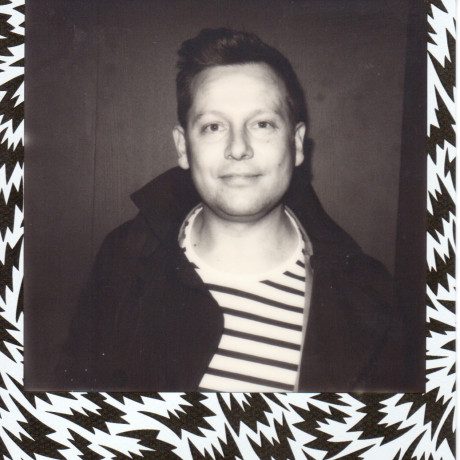In Conversation: Rory Lewis’ Northerners
Rory’s new collection is currently on display at WEX Photo Video in Manchester and features an array of iconic actors, politicians and sportspeople all of whom hail exclusively from the North and celebrates their with roots in this part of the UK. Here, Rory talks with PhotoBite Editor, Simon Skinner about the project which includes portraits of Stephen Graham, Sir Patrick Stewart, Tony Blair and Olympic gold medallist Beth Tweddle.
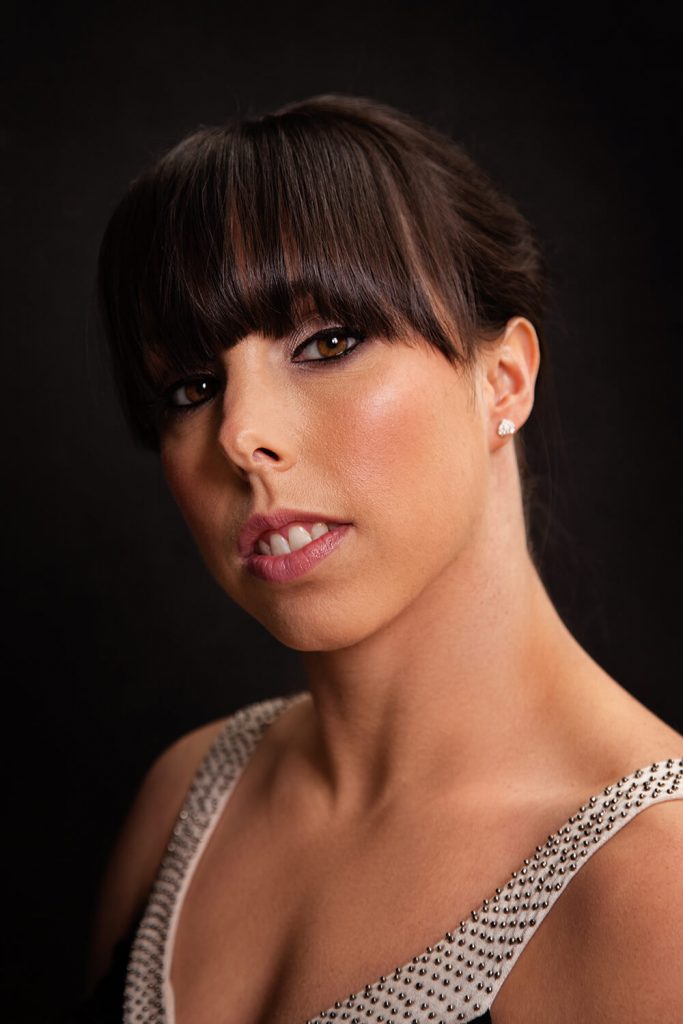
Rory Lewis is a photographer largely known for his extraordinary portraiture. He splits his time between his UK home and his wide variety of clients in Los Angeles. As Rory’s latest UK exhibition, ‘Northerners’, launches at the WEX Photo Video Gallery in manchester, we manage to pin him down for a brief chat as he waits for a flight from Dublin to the US before the collection had been hung.
Simon Skinner: Hi Rory. Tell us a little about your new collection, ‘Northerners.’
Rory Lewis: Sure, well it’s an exclusive collection and basically, it’s all about Northerners; anyone from the north of England or Scotland, effectively. You can’t get much further north than Scotland. The collection includes Northern English actors, celebrities, politicians, as well as sportspeople. Anyone in the north of England of merit or note.
SS: So quite broad, really. What was it that you were trying to capture from these people, beyond the fact that they were from a certain part of the UK and their northern-ness?
RL: My style comes from renaissance arts, so I like to catch them as if Holbein would capture them or Caravageo would capture them in a different way. I’ve featured all kinds of different characters, you know, Holbien would go around the court of King Henry the Eighth and paint this Cardinal, that Chancellor, or another interesting person. It’s the same sort of thing. It was all inspired by that, effectively. I wanted to capture each character in my own way.
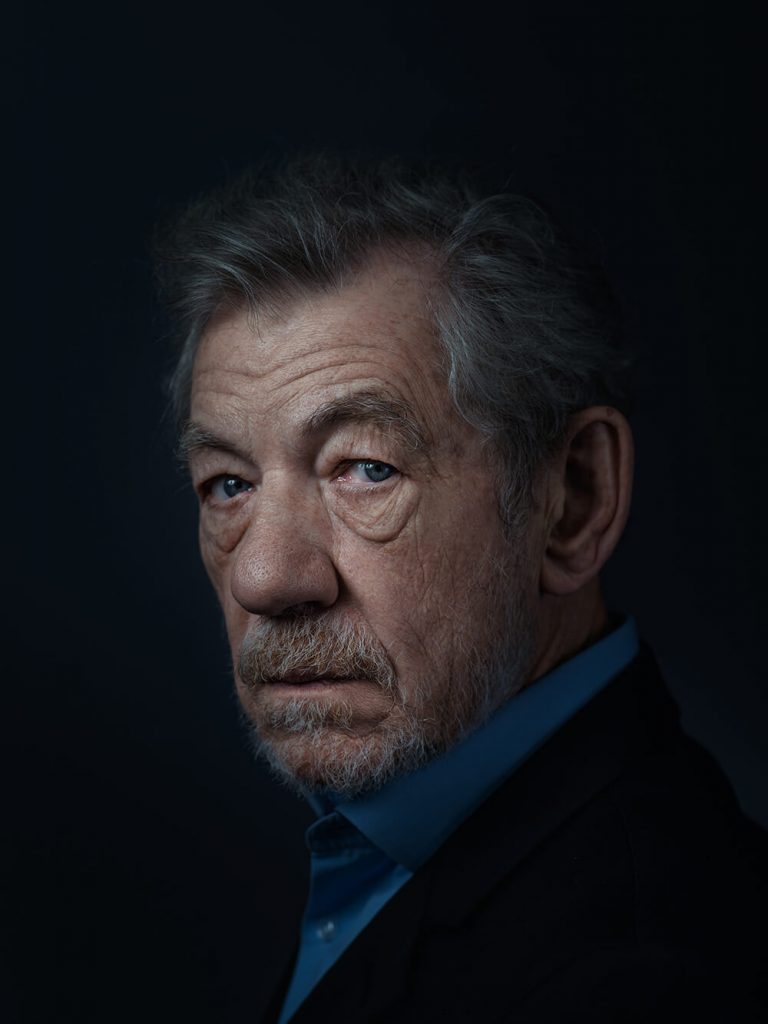
“My style comes from renaissance arts. I’ve featured all kinds of different characters, you know, Holbien would go around the court of King Henry the Eighth and paint this Cardinal, that Chancellor, or another interesting person. It’s the same sort of thing, effectively. I wanted to capture each character in my own way.”
SS: OK, so tell us how this all started and what kind of characters you captured for the collection?
RL: Indeed. The first one of real interest was David Warner. He’s a pretty famous actor; was in Titanic and was the bad guy tied up Leonardo DiCaprio. He played what’s widely recognised as being the best Hamlet and all sorts. Northerners kind of started at a time when I was approaching my 30s and alongside being the first portrait of the project, it was probably the most important because it was the first portrait he’d sat for 36 years. So he never actually sat for a portrait since Cecil Beaten, and also David Bailey captured him in the 60s. Everything else you see of David Warner is screen grabs because he hates getting his picture taken. As soon as I took the shot, I contact the National Portrait Gallery and they bought one straight away their permanent collection. That was one of the most successful and rewarding moments of the project; just capturing David Warner.
SS: The pressure must have been immense, with the knowledge that it was a rare opportunity to shoot him. Did you have any preconceived basis or objective ahead of the shoot?
RL: I guess so, yeah. The inspiration for it was Game of Thrones, funnily enough. I’d been watching Game of Thrones at the time and there’s a lot of emphasis on where you come from in that series. So I thought I might as well do something close to my roots. As I mentioned, I come from Chester and grew up in Liverpool, so effectively, it kind of brought things closer and gave us a focus. David’s Warner’s from Manchester.
SS: All from the North.
RL: Yes. Patrick Stewart is from Huddersfield. Ian McKellen’s from Wigan and Tony Blair grew up in the North. He was born in Edinburgh, Scotland. I started to add to the series and reached out for opportunities to shoot anyone successful with the view to show the fabric of the North, effectively, you know. All these kind of people who’ve hailed from the North, which is which has been quite interesting.
SS: And are they all household names?
RL: Not really. there’s a big mixture of people that make up the collection. I shot the Queen’s first Victoria Cross winner, Bill Speakman. She actually pinned the metal onto his chest; he was from just outside of Manchester. Most are more identifiable, though. Craig Charles was interesting as I’ve always been a fan of Red Dwarf. One of the funniest things, that actually makes people jealous, is that I shot Patrick Stewart, Craig Charles and Ian McKellen, all in the same week.
SS: So if you’re into science fiction, there’s a lot going on there for you!
RL: Yeah, X Men, Red Dwarf, Star Trek. All in one week.
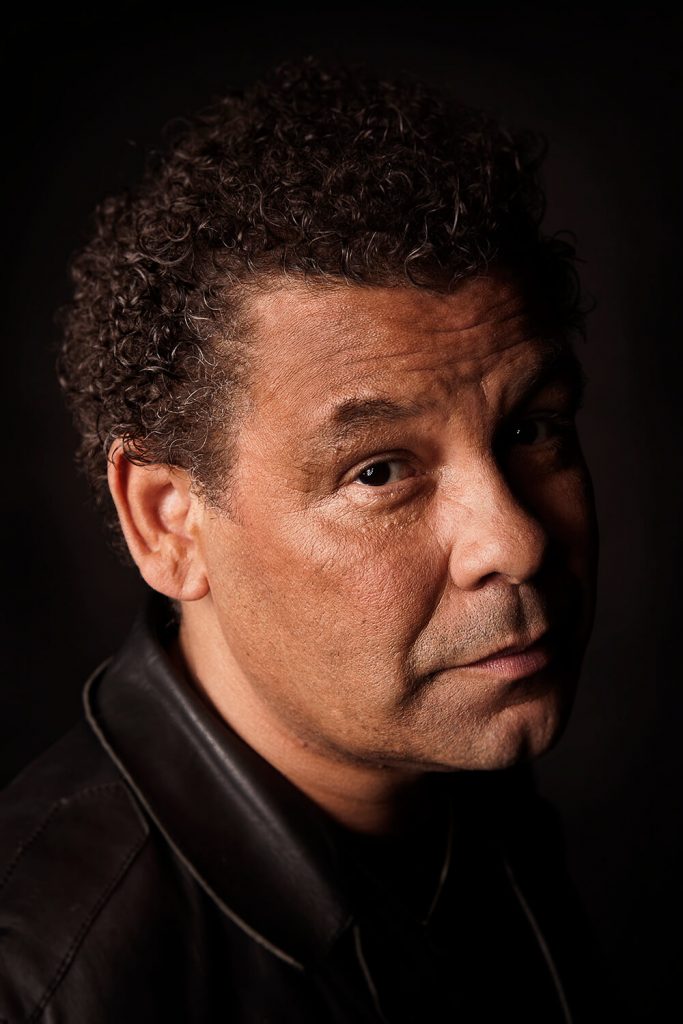
“He’s a very nice guy but he’s got a lot of problems. He’s been in and out of rehab and he’s a very nervous chap. When you meet him you can tell; there’s a lot of smoking, you know, lots of breaks to get himself together. Everyone’s different.”
SS: Craig Charles career seems to have exploded again. I don’t know how he keeps up with his schedule. Was he as you expected to find him?
RL: He was lovely, but really quite different to how you’d expect in many ways. It was quite interesting, you know, he appeared quite nervous; smoking cigarettes outside. He was smoking an e-cigarette constantly.
SS: Which is something of a surprise, right. He comes across as being anything but nervous through his work.
RL: Yeah, he’s a very nice guy but he’s got a lot of problems, you know. He went into rehab a couple of times; been in and out of rehab. A very, very nervous chap. You’re right, he doesn’t seem it, but when you meet him you can tell; there’s a lot of smoking, you know, lots of breaks to get himself together. Everyone’s different.
SS: So, did you shoot mainly in the North, too?
RL: No. The Patrick Stewart shoot was in New York. This project was entirely self-funded. Like many of my projects, I have to fund them on my own; no one’s going to pay me to go and do this kind of thing, so I do a lot of corporate work and when I get the money, I’m sitting there thinking, well, I’ve done all this boring corporate stuff; you’ve done your day job, so you want to do something interesting. So I always put it back into my, into my own work. I am my own patron and I think you have to be your own patron in this industry. Northerners was entirely self-funded, or perhaps it was lucky. It was lucky that I got commissioned by someone to go and shoot somebody from the North in the first instance. Then it was a case of seeing it grow organically and kind of patching it together.
SS: So it took you some time to let it percolate and to see it as a collection and as a project in its own right?
RL: Yeah; my projects can take a long time. The biggest project I ever did was ‘Soldiering’. I spent two years with the British Army photographing 27 regiments across the UK and Germany. It’s these kinds of projects that you put your heart into. That’s why you become a photographer; it’s down to the medium you’re interested in and for me, it’s portraiture.
SS: There are so many forms of photography; so many disciplines. What is it about portraiture that keeps your attention?
RL: It’s just the person you’re capturing. If you’re capturing something in your own way; whether it’s Prime Minister, a General or an actor, you’re capturing it in your own style. So imagine having 20 minutes of Tony Blair. There’s your camera and no brief. In these kinds of situations, you’re able to capture history.
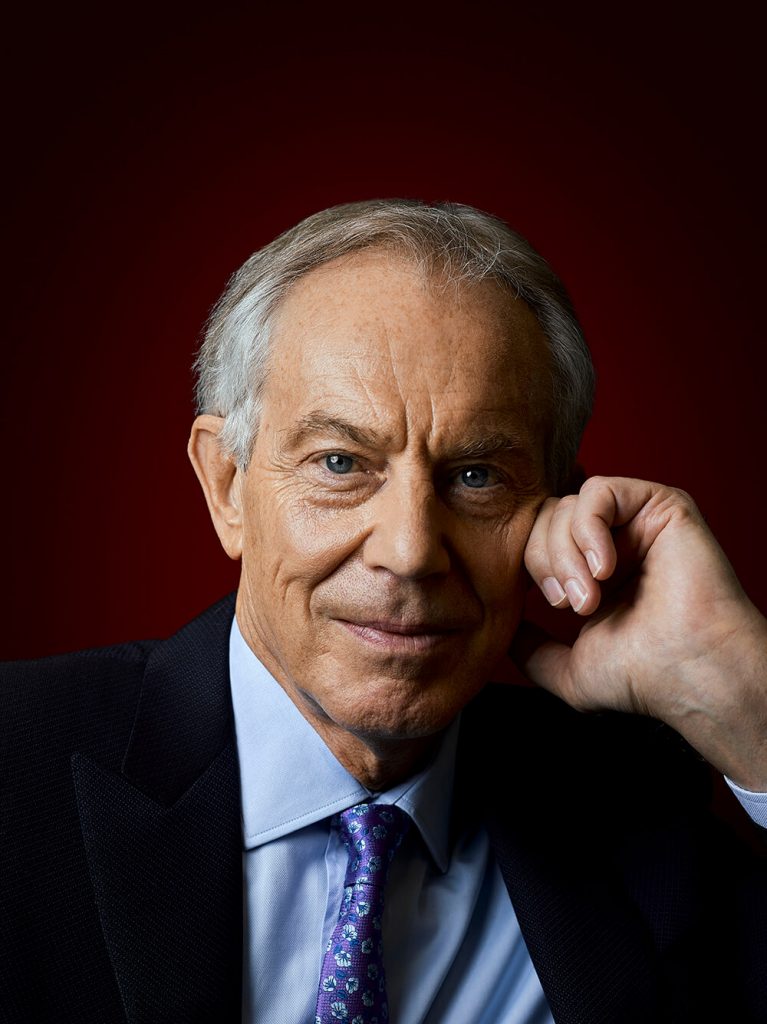
SS: Does that mean that you are fully aware of the historical value of a situation and a shoot at the time of shooting?
RL: In essence, yes. I believe so. My degree is in history. I didn’t study photography, I studied medieval history and medical literature. So I really became a photographer to capture history and to capture interesting subjects. Working as a photographer gives me an excuse to touch history and record history in my own way.
“Classical portraiture seems to be going out of the window. Nobody’s doing it. Most people don’t want to show people’s lines and marks in a portrait but there is a market for that. There are people who still want that.”
SS: And this was the intention from the outset of the ‘Northerners’ project?
RL: When I started ‘Northerners’, I was still doing things I didn’t want to do. I was still shooting weddings, model portfolios and the superficial things that I really didn’t want to do anymore. ‘Northerners’ kind of propelled me forward. People started to see all these interesting characters on my portfolio and I think that was what started to lead to more interesting commissions. Whenever I hold workshops, I always make it clear to people that what fuels the fire of your commercial work is personal projects. If you don’t strive to create interesting and/or challenging personal projects, and show people what you can do, creatively; investing in yourself and continuously develop your own style as a photographer, then you’ll find it harder to move forward with commercial work. So many photographers follow a saturated market in terms of any current style.
SS: What are you trying to achieve with your style as a photographer?
RL: I’m more of a classical Portrait photographer, and just as classical portraiture seems to be going out of the window. Nobody’s doing it. Most people don’t want to show people’s lines and marks in a portrait but there is a market for that. There are people who still want that. There is a market for people who want the real picture. What I’m finding is that people are producing the ‘unreal’ and with Northerners, I’m showing you the real picture. If these things are going to be taken seriously in the future as a historical source, then people want to see what these people actually look like. You can’t take out Ian McKellen’s bags, you can’t retouch Patrick Stewart’s boxers nose.
SS: Boxer’s nose?
RL: Yeah, he used to be a boxer when he was a kid, Patrick Stewart. He’s got all kinds of bumps over his nose and I want to capture all this kind of real stuff. If you look at all these highflying portrait photographers who were working for Time, [magazine] they did the same thing. They kept the details. They didn’t remove it, and that’s what makes people take you more seriously, I think.
SS: So with that in mind, and given the fact that you often only have a 20-minute window with your subject, or perhaps a more difficult situation with somebody like Craig Charles, who is quite uncomfortable, nervous and difficult to settle down. How important is your relationship with that person? How do you read the situation and approach it to get them to feel at ease within the short time that you have?
RL: I correspond with them beforehand. Just to show them that, you know, this is my work; this is my style. I always do some research beforehand. I’ll read about the subjects as much as I can. Take Tony Blair, for instance; I read this book, you know. I’ve photographed three Prime Minister’s so far and I always ask them three questions, just to break the ice. In my limited experience, they think you may be a sort of ‘press’ person trying to get the dirt on them, or whatever.
SS: OK, so let’s take Tony Blair, for instance. What were the three questions you asked?
RL: I just ask three simple questions. Who’s the most interesting person you’ve met? Carl Lagerfeld Apparently. Then, what was the most interesting gift you received as Prime Minister, because, you know, when you go to foreign visit, you get a gift as the Prime Minister. He turned around and said, “A horse from the French, which was difficult to get home”. The third question was simply to ask where the most interesting place he’d been and he said the Giant’s Causeway in Ireland. So effectively, it just breaks the ice. Then when you start shooting, you know, you hope to have built up a little bit of a rapport, you know, and you can find it slightly easier to direct your subject.
SS: Seems logical. Is that always enough or would you suggest other ways to keep them at ease?
RL: Just to show them the shots as you go along. Let them know that this is what we’re developing, and then you get a good opinion and you can kind of develop that. With other people like Craig Charles, who just sat down, had a cup of coffee and spoke about his day; what he’s up to and stuff like that. Again, just breaking the ice. I only usually need about five minutes with someone. that’s usually enough time to get the whole thing rolling and to get a good shot.
SS: Five minutes? That’s no time to get the job done, surely?
RL: I shot William Shatner a few times in Los Angeles. The first time I shot him, I had five minutes to get the shot. The second time I had ten minutes and the third, fifteen minutes, so he gave me an extra five minutes each time, [laughs]. It’s just all about capturing plain, solemn expressions. I think that when the viewer looks at your image of the subject and doesn’t know what to think, I think that makes them a bit unnerved and that makes it interesting. So they’re looking slightly off-camera, or looking slightly away from camera looking very plain or emotionless, I think that works quite well. Because people can look at those pictures and they kind of think for a minute, are they thinking good things? bad thing? So it works quite well. It’s just my style; just plain simple, keep it simple is my motto. If you look at any perfect piece of artwork out there, look at the Mona Lisa or anything Caravaggio did, it was the simplicity. He was capturing an essence. The more simple you make things, the easier they are for an audience and people do overcomplicate things, which can take the emphasis off the subject. I’m just a portrait photographer and I’m just trying to capture the subject. That’s it. If you want to say something, then it’s about the expression of the backdrop you choose or, you know, something in the colour scheme. When I shot David Cameron, for instance, I use the emphasis of a lot of blue in the picture, which brought our a lot of blue in his eyes; blue backdrop, blue tie; everything was blue.
SS: It can’t always go smoothly. What horror stories can you tell us about?
RL: A funny situation happened with Ian McKellen, who’d forgotten the shoot was happening. We went to his house and he answered the door in his dressing gown and we thought, Oh god, he’s gonna chase us away’ but he just said, “no, no, come in.” He went upstairs, had a shower, got dressed, and came down and was ready to go.
SS: Brilliant.
RL: Patrick was the worst, because I was always a big Star Trek fan and always watched it as a kid. I didn’t think he was gonna turn up and suddenly he walks in and I couldn’t help being star-struck. I had to stop myself from pointing and saying, “It’s Captain Picard, IT’S CAPTAIN PICARD.” [laughs]. But you have to just put that out your mind and treat him just like anyone else. For Northerners, it was quite an easy process. Northern people are very approachable. I think the only horror story I have is from Steven Berkoff, but he’s from London.
SS: We interviewed Stephen not so long ago. At 82, he’s still an imposing character.
RL: My portrait with him lasted ten minutes. He shut me down after ten minutes.
SS: A pretty obvious question, but one I guess worth asking about the series. Which was your favourite subject of the project?
RL: It was David Warner, to be honest, and mainly because I have always admired his work. As a kid I used to watch his movies like Perfect Friday, you know, he’s a really fascinating actor and his face is just perfect; perfectly ‘lived in’. Face We did the Scottish actor Brian Cox as well. It was quite amusing because he turned up on a moped, which was quite interesting [laughs]. Another was Karl Pilkington. He’s exactly like he is on TV. There’s no kind of ‘fake Karl’; he is just Karl. If you watch anything he does on TV, he actually is that person.
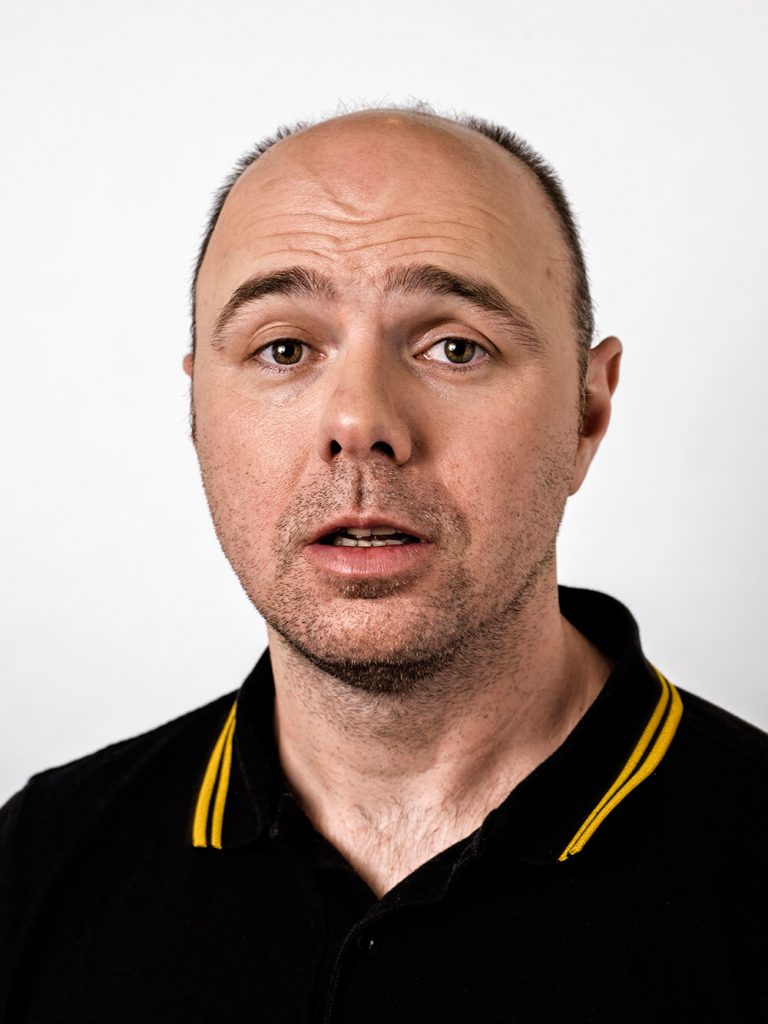
SS: I think that was always the premise of how he was pushed into the limelight in the way that he was. Because he was just this incredible character that [Ricky] Gervais and [Stephen] Merchant had met years ago and just couldn’t get over his general outlook on situations and the world in general, right?
RL: He turned up in his decorating clothes, you know. He said, “Oh, she’s had me up on the roof doing this and that; painting this and that.” He had paint on his shirt. A really amusing character. I asked him where his favourite place had been to visit and he said Mexico. He said he loved Mexico. Another actor we shot was Stephen Graham; do you know Stephen Graham?
SS: Yes, I’ve just watched ‘The Virtues’ in which he played the leading role. He’s an outstanding actor.
RL: He’s a great actor; one of the best actors I think we have right now in terms of performance. With him, I just went with these kinds of gritty, raw images. Ian McShane again, a wonderful actor and I was just laughing for an hour. He gave me a full hour and it was just a full hour of laughing and joking around. A real pleasure and a very nice chap. He’s looking good for his age, too; he must be in his 80s now and he’s still going strong. He just does everything for his grandkids, now. Again, a fascinating character. I think we managed to get a good mixture of people for the project. In terms of politicians, we’ve done the Mayor of Liverpool; I’ve got another sitting coming up with the mayor of Manchester and I’ve recently had a sitting with an actual Cardinal. I got to shoot my first Cardinal. He’s actually from Liverpool and is the head of the Catholic Church in England, and so effectively a big northern kind of chap.
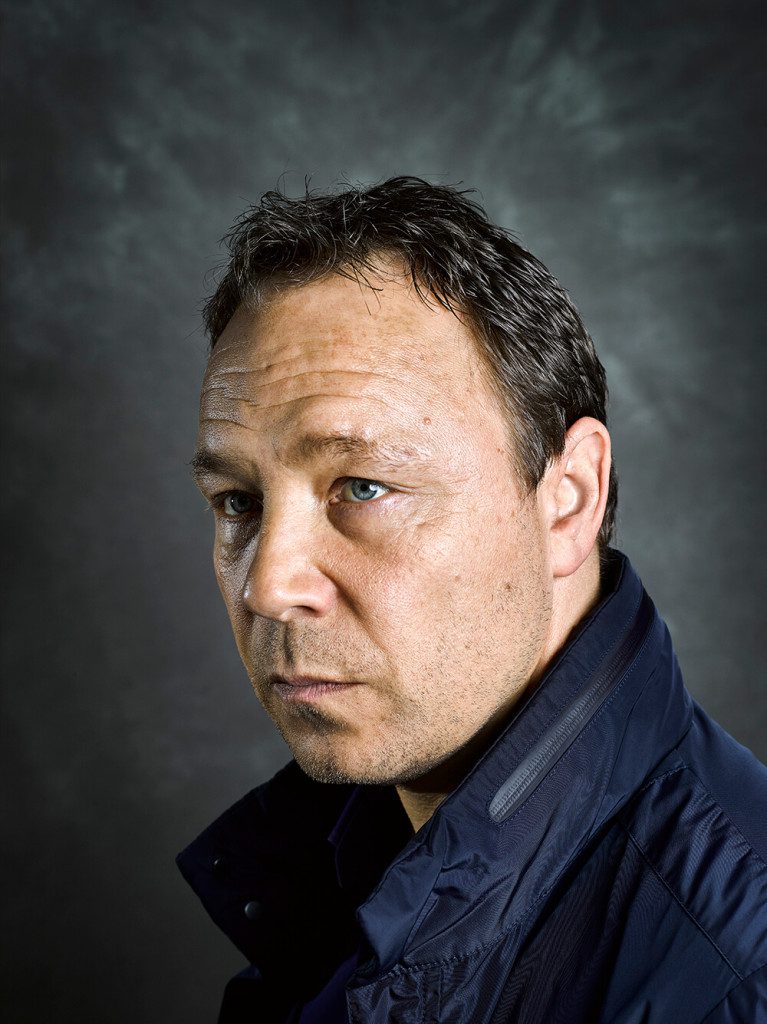
SS: A real mixed bag, then.
RL: Absolutely. I’ve just shot Ant and Dec in July, too.
SS: Are there plans to produce this in any other format, other than the Exhibition with WEX Photo Video?
RL: I’ve made a little book of the exhibition. Following this, it’s not going to be shown. I don’t think it’ll be showing again, and I think this will be his last outing as Northerners. Basically, with projects, I like to separate myself from them as quickly as possible so that I can start something new. I don’t really want to be known for just ‘one thing’, you know, as the guy who did The Northerners. I want to be doing different things. But it’s gonna have a good run, and it’s in the right place in Manchester, which is good.
SS: And what is next?
RL: Once Northerners has had its run, I’m concentrating on this other project, which is more elaborate. It’s all based on meditation, so it’s mainly actors in a kind of meditative state. It’s quite experimental. I’ve also just finished working with the Italian Army, which was a project that lasted six months. I spent six months capturing portraits of the Italian military over the last summer and that’s going to be exhibited in Rome at some point. Then I start with the Canadian Army this September with another project.
SS: So you’re really busy, and of course you have to fit the commercial stuff in, too?
RL: My wife works for me and so we’re always travelling together, which is great and if we sit still for too long, we start to twitch! I mean, we have periods of quiet. May and June are my quiet time and after that everything kicks off; usually through to November.
“Some landscape photographers will go back to the same scene for ten years, waiting for the right light and the right kind of context for it. It’s a lot more intensive doing that sort of work because you have to keep going back again and again.”
SS: Photography is so prolific nowadays, do you take the time to explore other people’s work?
RL: I actually bought a book the other day; it was quite funny, on the Russian bus stops. , This guy went out he shot all of these Soviet bus stops. It was in the Royal Photographic Society’s magazine, so I went out and bought the book and it’s kind of fascinating.
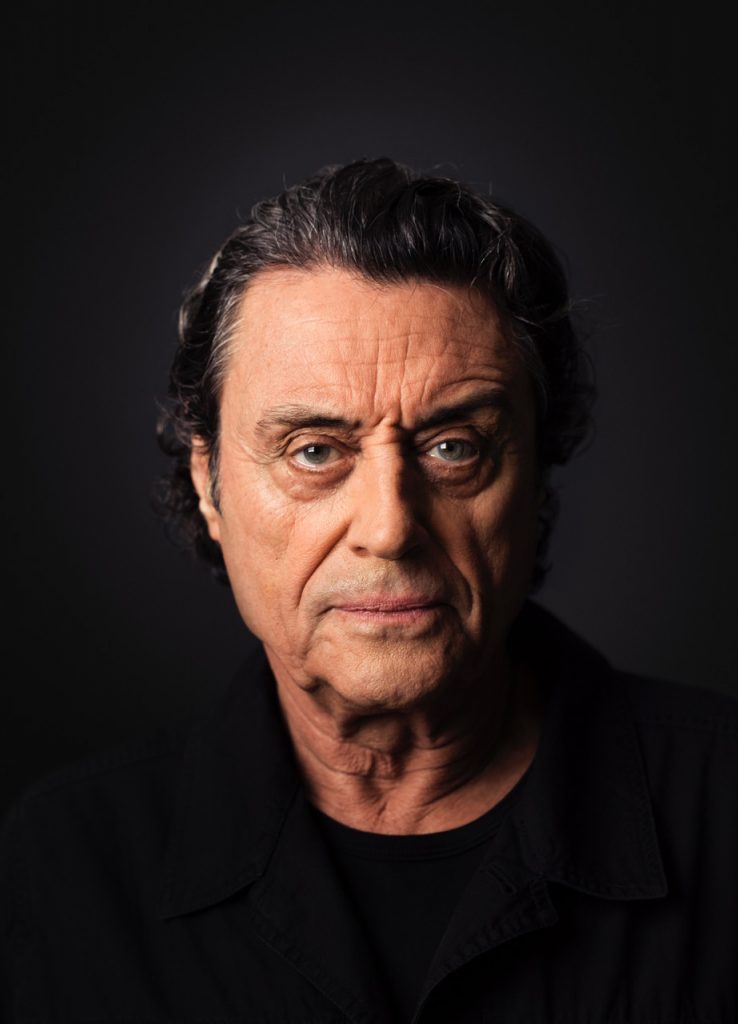
SS: That’s a project that’s probably never been done by anybody before, right? There has been a real trend of people shooting dilapidated and derelict buildings and shop fronts, etc, but bus stops, I’ve not heard of that one.
RL: There was another one by Rebecca Bathory called Soviet ghosts. Have you seen that one?
SS: I have. Rebecca is a fascinating photographer and that’s a great book.
RL: It is fascinating stuff. She went to all these former buildings of the Soviet Union, which are all kind of falling down, and photographed all these incredible pictures. That was an amazing book and certainly one of my favourite projects of late that I’ve seen. I love the shots she did of the Expo Centre, which was going to be the kind of conference building; this massive Soviet building. She must have taken a long time to get the right light in the right context and I take my hat off to people that shoot architectural or landscape because they often have to keep those things in their back pocket for years, you know. Some landscape photographers will go back to the same scene for ten years, waiting for the right light and the right kind of context for it. It’s a lot more intensive doing that sort of work because you have to keep going back again and again. But I’ve also done shoots where I’ve not got anything from it, you know. When you go to places and you look at the shots and think, well it’s not that great and I can’t use that. I’ve been through that with the soldiery project. I was looking for interesting soldiers who, you know, have battle scars; interesting stories or young soldiers just passing out ready to go and eager for action.
SS: That’s the hard part as a photographer in general, isn’t it? You often know what you want to portray and if it’s not working, it must be hard.
RL: It develops over time, you know. We’ve been doing this now for fourteen years, and so I’ll generally turn up and know what I want. I’m a prolific director so I’ll happily direct subjects, you know, ask them straight away to move here, do this, change this and change that, you know. Some photographers won’t direct; they’ll just stand there, stumped, and expect the subject to move for them. To me, it’s all about capturing that movement, getting them to move. Movement’s important to capture.
SS: Where do you stand in terms of post-production?
RL: Mainly colour correction. I like to correct the colour because what the camera captures is generally not too accurate. You know, people may look a bit pasty; there might be something there that shouldn’t be there, like a little red spot that might have popped up in the morning. Things like that I’ll take out. I’ll do a little bit of backdrop correction, so the flashbang that you see on some of the pictures. That’s added in Photoshop, that flashbang. I’d say it’s around about 20% 25% Photoshop; just colour correction and also bringing out the detailed sharpening, bringing out that detail rather than removing detail.
SS: How important is it for you to produce your images in print?
RL: It’s crucial for me. I use an Epson SCP 800 printer, which is excellent and, as it happens, Epson is sponsoring all the printing for the exhibition with WEX Photo Video. I always say to people to print your work to add value to your work, you know, especially you want to sell it.
SS: I couldn’t agree more. Thanks for your time and best of luck with the exhibition and future projects.
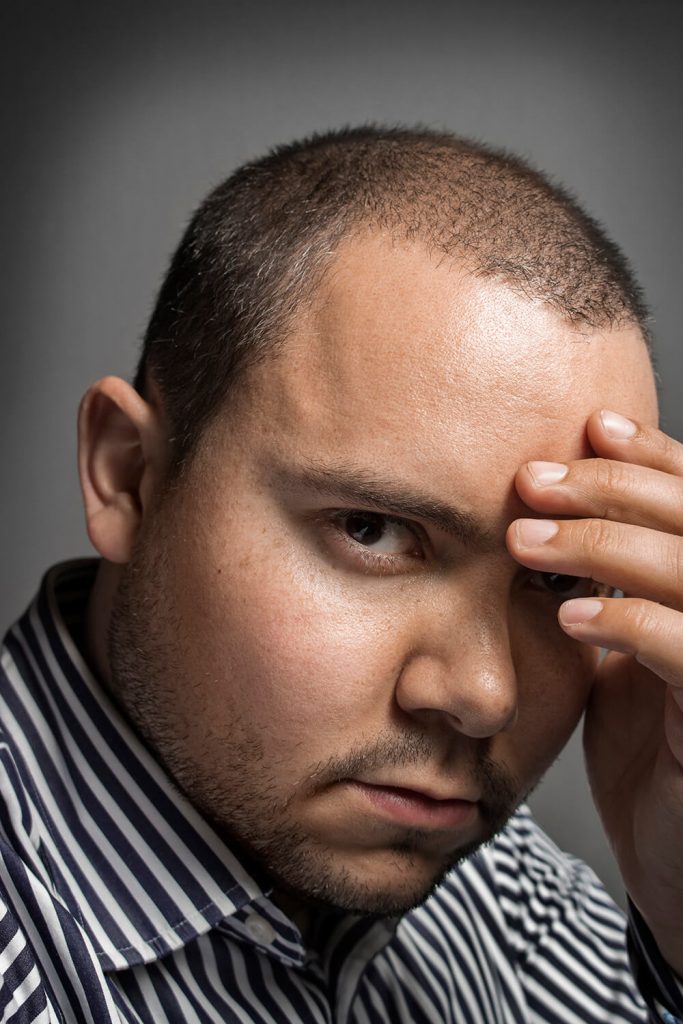
Rory Lewis’ ‘The Northerners’ is open now until 31 October at Wex Photo Video Manchester:
Wex Photo Video
Unit 4, Downing Street Industrial Estate
Charlton Place
Manchester
M12 6HH

